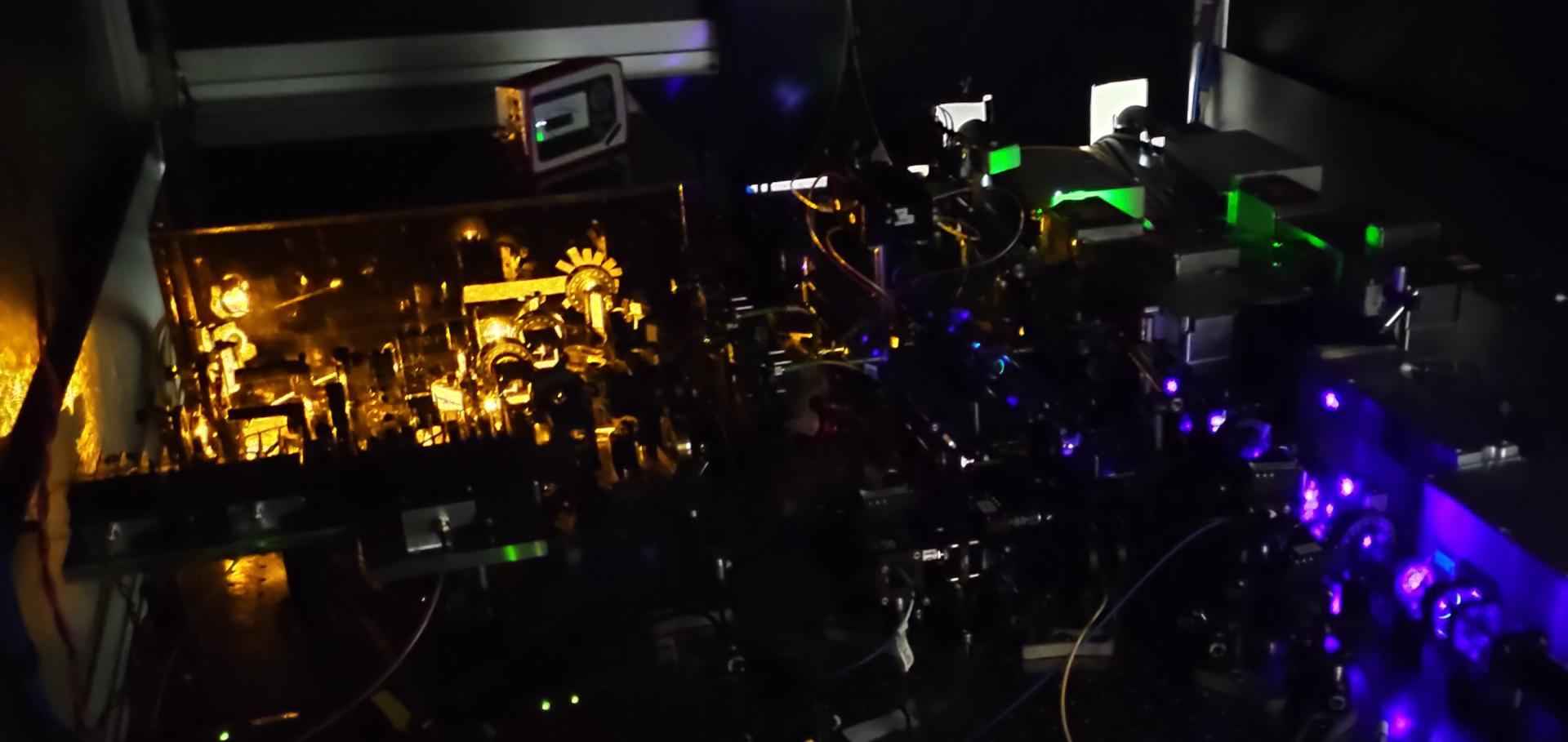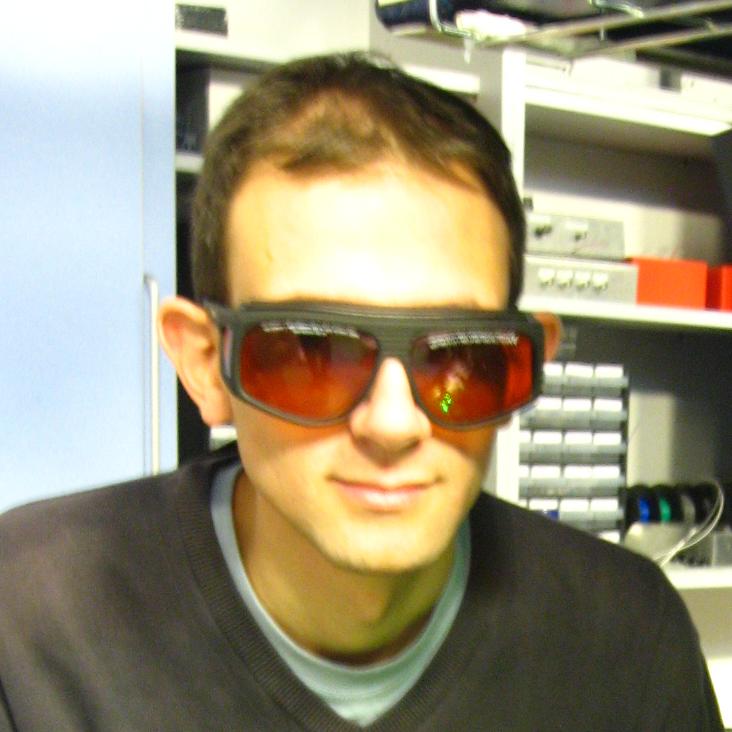JAXFit: Trust Region Method for Nonlinear Least-Squares Curve Fitting on the GPU
(2022)
First and second sound in a compressible 3D bose fluid
Physical Review Letters American Physical Society 128:22 (2022) 223601
Abstract:
The two-fluid model is fundamental for the description of superfluidity. In the nearly incompressible liquid regime, it successfully describes first and second sound, corresponding, respectively, to density and entropy waves, in both liquid helium and unitary Fermi gases. Here, we study the two sounds in the opposite regime of a highly compressible fluid, using an ultracold 39K Bose gas in a three-dimensional box trap. We excite the longest-wavelength mode of our homogeneous gas, and observe two distinct resonant oscillations below the critical temperature, of which only one persists above it. In a microscopic mode-structure analysis, we find agreement with the hydrodynamic theory, where first and second sound involve density oscillations dominated by, respectively, thermal and condensed atoms. Varying the interaction strength, we explore the crossover from hydrodynamic to collisionless behavior in a normal gas.How to realize a homogeneous dipolar Bose gas in the roton regime
Physical Review A American Physical Society 105:6 (2022) L061301
Abstract:
Homogeneous quantum gases open up new possibilities for studying many-body phenomena and have now been realized for a variety of systems. For gases with short-range interactions the way to make the cloud homogeneous is, predictably, to trap it in an ideal (homogeneous) box potential. We show that creating a close to homogeneous dipolar gas in the roton regime, when long-range interactions are important, actually requires trapping particles in soft-walled (inhomogeneous) box-like potentials. In particular, we numerically explore a dipolar gas confined in a pancake trap which is harmonic along the polarization axis and a cylindrically symmetric power-law potential rp radially. We find that intermediate p's maximize the proportion of the sample that can be brought close to the critical density required to reach the roton regime, whereas higher p's trigger density oscillations near the wall even when the bulk of the system is not in the roton regime. We characterize how the optimum density distribution depends on the shape of the trapping potential and find it is controlled by the trap wall steepness.Measuring laser beams with a neural network
Applied Optics Optica Publishing Group 61:8 (2022) 1924-1929


